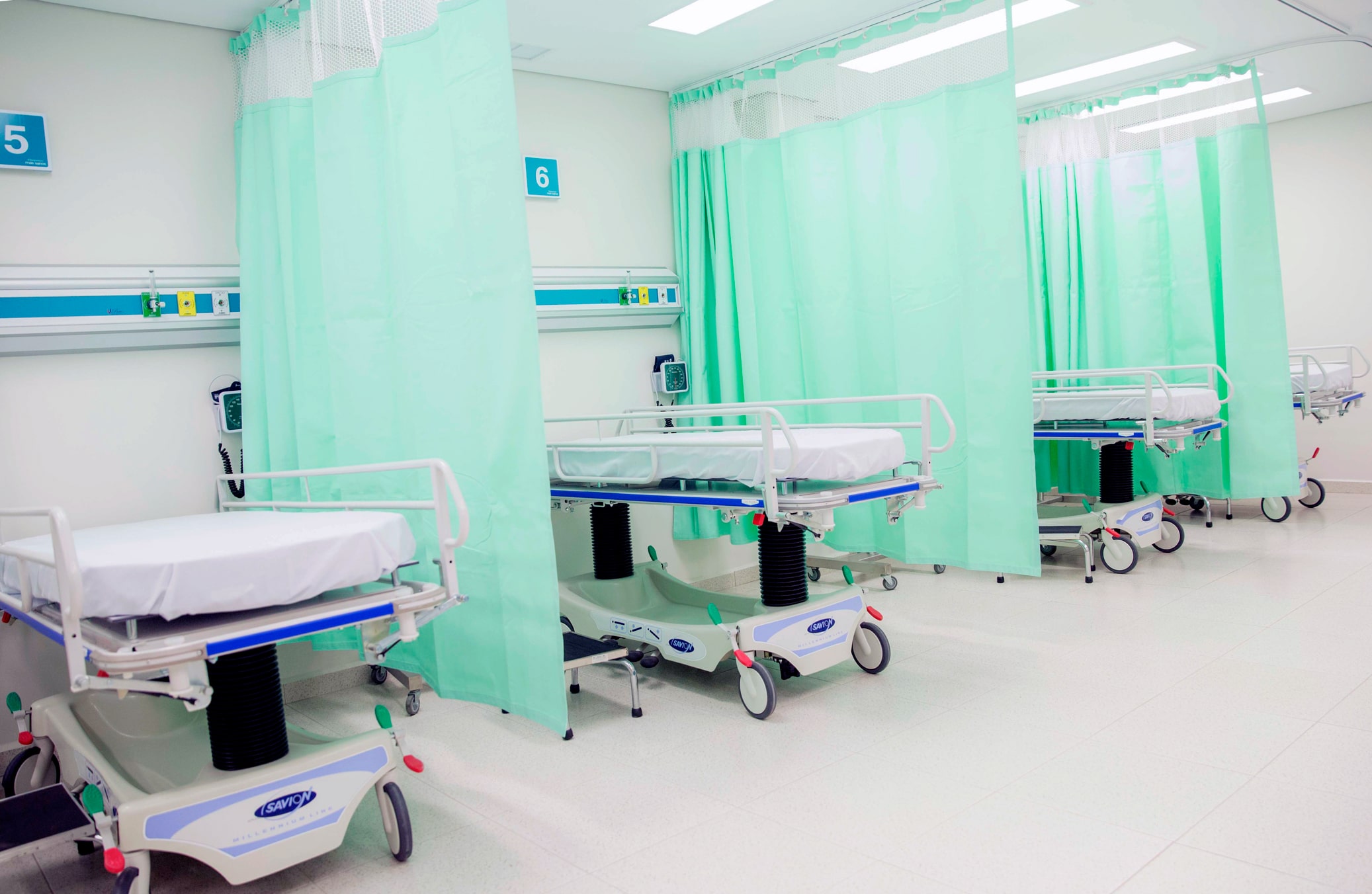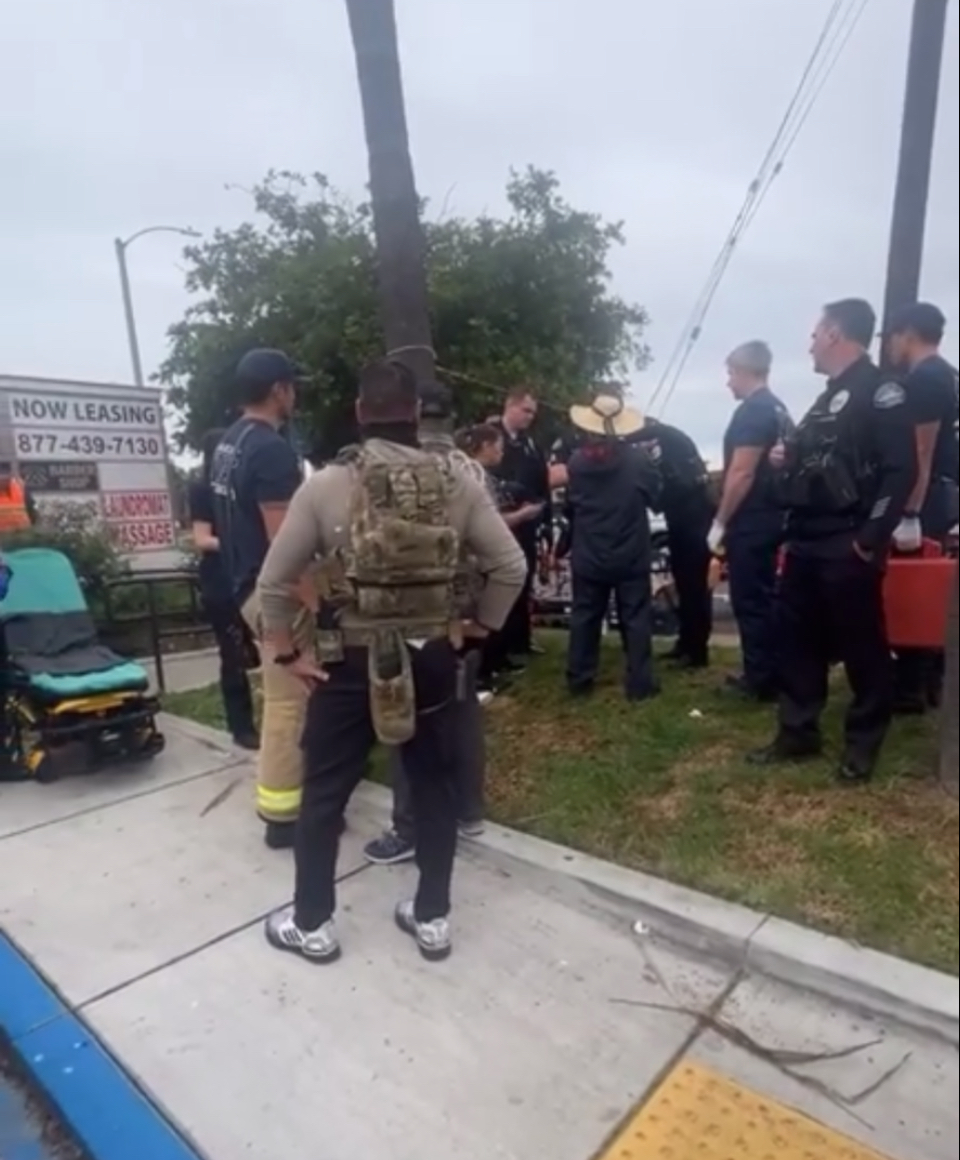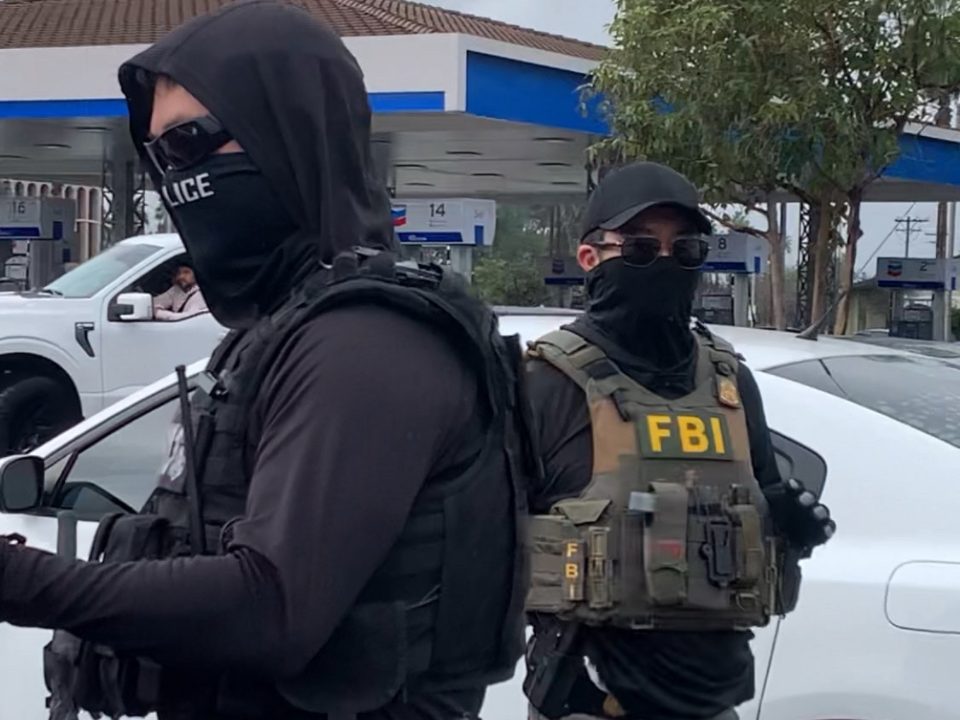[dropcap size=big]I've[/dropcap] been sick and have had the symptoms associated with Coronavirus since the 9th of March.
It started with a low-grade fever that did not let up. I was hovering at 100.4 degrees Fahrenheit (38 C) for several days with no other symptoms. As someone who has had their fair share of the seasonal flu and colds, I was accustomed to the familiar symptoms of having a fever, runny, stuffy nose, chills that emanated all over my body which would cause allodynia on my back.
But unlike any other flu in the past, I had none of those symptoms. Just a simple fever and a few days later, a dry cough. It’s been over a week since my symptoms started and even though I’ve tried as hard as I could, I still have not been able to get tested in Los Angeles county.
L.A. County is the largest county in the United States with a population of over 10 million individuals. Out of those ten million people, 1,100 people have been tested for the Coronavirus with 144 testing positive for Coronavirus and one death according to the Los Angeles County Public Health Department, though this number is likely to quickly rise once the test kits become more readily available.
Much has changed in California since I first presented Coronavirus-like symptoms; Mayor Garcetti has ordered the closure of restaurants and bars across Los Angeles. Gavin Newsom has recommended senior citizens to stay home and self-isolate; the state’s major school districts are shutting down.
Not that many places to get tested yet
When I first presented symptoms, the only hospital that had testing capabilities was the Los Angeles County Hospital. Now, UCLA has devised its own test kit for the Coronavirus. However, Los Angeles still lags behind its other city counterparts both within and outside of California. According to the Los Angeles Times, Kaiser Permanente has introduced drive through testing within the Bay Area whereas this has yet to be introduced within Los Angeles. However, these drive-through testing facilities are reportedly only for members of Kaiser Permanente.
What scared me the most was his warning of me potentially contracting COVID-19 while waiting in the waiting room if I didn’t already have it.
The Orange County Register has reported that as of the 16th of March, certain facilities operating under the Providence health system have opened up drive through testing in discreet locations in around Orange County and Los Angeles County. These locations are undisclosed as apparently these facilities have been overwhelmed by individuals showing up without a doctor’s referral.
The delay of federal government response regarding the Coronavirus compounded with the lack of test kits per the rather large population of Los Angeles, the nation’s second-largest city, has, in turn, created the conditions ripe for pandemic disaster to take place in the city. Leaving many people vulnerable to the Coronavirus, including myself.
A wild goose chase of calling hospitals and clinics all over the county
My journey started with calling Teladoc, a telemedicine service under my Blue Shield of California Health Insurance. After waiting for nearly an hour to no avail, I decided to try calling a family practice in Culver City on Thursday. Like any young individual raised in a post-Web-MD world, I was concerned about the fact that I had a fever for three days with no sight of letting up. I tested my fever using a kid’s fever strip I purchased from Pavilions. It was the only tool left in the continuously empty shelves at supermarkets around town. I had tried with no avail to purchase thermometers on Amazon which only had meat thermometers left, though trust me I did Google whether it worked on humans before completely dismissing the notion. I was this desperate.
As recommended by the aforementioned family practice, I called the Los Angeles County hospital and spoke to a registered nurse about my symptoms. However, I was told that I did not fit the CDC guidelines to get an appointment or have to come in. Since I hadn’t traveled overseas, been in contact with someone with Coronavirus to my knowledge, nor was I over 60 years old.
They told me I was better off staying home.
If I did choose to show up, the nurse warned me there was no guarantee I would be seen or tested and the wait was eight hours long. He also informed me that they were prioritizing people with more severe symptoms, particularly older people, understandably. He said, I “sounded young,” so I had less of a risk when it comes to the virus.
When I informed healthcare workers that not only did I suffer from a cough and a fever, but I also have an autoimmune disease which puts me at a higher risk of contracting the infection, I was still told I did not meet the criteria.
But perhaps what scared me the most was his warning of me potentially contracting COVID-19 while waiting in the waiting room if I didn’t already have it. I was advised to keep taking Tylenol and wait out my symptoms for another three days and make an appointment with a family physician if my symptoms didn’t let up. This was the only hospital testing for the virus.
This kind of response was expected and even pragmatic given the situation. However, three days have passed and my symptoms have now expanded to include a nasty dry cough. What has ensued since then has been a wild goose chase of calling hospitals and clinics all over the county, each one with its own varying advice.
When I informed healthcare workers that not only did I suffer from a cough and a fever, but I also have an autoimmune disease which puts me at a higher risk of contracting the infection, I was still told I did not meet the criteria. One healthcare worker told me that I did not have shortness of breath which means that I would not be able to get tested. Another said that I had not traveled anywhere which was an important criteria to meet. This is in spite of the fact that healthcare workers across the county and the world are noticing the increase in community-based transmissions.
Nurses and doctors are realizing they are unprepared in real-time
A UCLA registered nurse who asked to remain anonymous for this story told me that they were starting to realize the increased risk of community-based transmissions and were expanding their criteria to reflect this. Yet, there was still no guarantee I would get tested.
The suggestion to self-quarantine was a given to me. In 2009, I was quarantined for H1N1 otherwise known as Swine Flu, a subset of Influenza A. I was the first person out of all my classmates to be tested positive for influenza A.
Another registered nurse from a different hospital advised me to “use a thermometer first to accurately check if you have a fever.” When I tried to explain to her that all the thermometers were gone and the only thing I had was my flimsy fever reader strip, she insisted that I find a way to find a thermometer and to not come in.
The most common phrase that I have heard however, from all these places, was that one would need to meet the CDC criteria in order to get tested. These are:
- Hospitalized patients who have signs and symptoms compatible with COVID-19 in order to inform decisions related to infection control.
- Other symptomatic individuals such as, older adults and individuals with chronic medical conditions and/or an immunocompromised state that may put them at higher risk for poor outcomes (e.g., diabetes, heart disease, receiving immunosuppressive medications, chronic lung disease, chronic kidney disease).
- Any persons including healthcare personnel, who within 14 days of symptom onset had close contact with a suspect or laboratory-confirmed COVID-19 patient, or who have a history of travel from affected geographic areas within 14 days of their symptom onset.
In short, most healthcare workers advised me to self-quarantine because I would probably not be tested- whether it be my age, not meeting the CDC criteria, or me not having diabetes as one healthcare worker told me.
The suggestion to self-quarantine was a given to me. In 2009, I was quarantined for H1N1 otherwise known as Swine Flu, a subset of Influenza A. I was the first person out of all my classmates to be tested positive for influenza A. For a week, I got to skip school, watch movies on DVDs I had rented out from the local video rental store, and talk to my other quarantined friends on my family landline as my mother would drop off meal trays at my room. In my 14-year-old mind, it was awesome. However, I’m now in my mid-20s with an autoimmune condition which not only meant that I was more susceptible to the virus, but self quarantining would mean me canceling vital doctor appointments that I had already planned months beforehand.
Others also cannot find a way to get tested
As the virus progresses, self quarantining will prove to be a challenge for many young people across LA County. While many will be able to survive through working remotely, those in precarious, physically demanding jobs with no health insurance or paid sick leave will undoubtedly suffer from all consequences of the virus.
With a lack of test kits, young people are unwittingly carriers of the Coronavirus.
As of publishing this story, there are still many systemic and physical barriers set in place in order to get tested.
Other people living in L.A. county have experienced similar roadblocks in getting tested.
Lori, a 48-year old resident of Culver City noted that she started experiencing flu-like symptoms on Tuesday with sneezing and itchiness on the face. By Thursday morning she said she had low-grade fever with shortness of breath and noted that she had “muscular tension in the chest cavity” alongside a bad sore throat. She went to Urgent Care to find out what was going on and whether she perhaps had the virus.
“It's just a cycle of people telling you to get tested, but there’s no testing.”
“I’m a very social person and I had a house guest who had a coworker with Coronavirus symptoms who is currently getting tested.” Lori was tested for the flu and Strep, both tests came back negative. Similar to my experience, Lori was told she did not meet the CDC criteria but unlike me, was not given directions to self-isolate. Rather, she was told to “take it easy.”
She consulted her primary care doctor who also told her to “lay low” and continue to monitor her symptoms. On Sunday, she called the ER who directed her back to her primary care doctor. “It's just a cycle of people telling you to get tested, but there’s no testing,” she says. While she admits she’s frustrated, she also says she doesn't want to take away spots at the ER from immunocompromised individuals and will continue to self-isolate.
Another woman, 52-year-old Jodi, said she started experiencing flu-like symptoms (minus a fever) and went to urgent care twice on Monday and Tuesday. “My apartment complex found out I was sick and they tried to demand I get tested after a cleaning lady was here,” she says. She continues, “I called the CDC, my insurance, 211, Urgent Care, and finally a friend that is the head ER nurse at UCLA. She said they are low on tests and are only testing immunocompromised individuals or those that pass the criteria for testing on CDC.”
The similarity in these cases is almost certainly due to a lack of test kits and a delay in the rolling out of test kits within L.A. county and indeed across the nation. Many individuals have noticed this trend as well and have started to prepare for self-isolation, understanding that perhaps there are many more people out there with Coronavirus than what is being tested.
While I am lucky to have been able to afford self-quarantining without any conclusive test results, many others will not be able to do the same.
That’s at least partly fueling the panic buying at stores around the country. Sam Landau, a Sales Associate at the Culver City Surplus Store says that “ Business is booming and the store is significantly busier,” with the n95 masks in the store completely wiped out. Other popular products include canned waters, Meal Ready to Eat (MRE), flashlights, boots, and first aid kits, he says. “Items like canned water keep for about 50 years”, he adds.
Today, my insurance provider, Blue Shield of California, emailed to tell me, and their other members, that they are waiving all costs for screening and doctor-recommended testing for COVID-19. “ This includes copays, coinsurance, and deductibles,” the email goes on to say. Further, Teladoc services are free until March 31st. Finally, some reprieve amidst the chaos.
With all the warnings from the medical professionals, I decided to cancel my appointment with a local physician and continue to self-isolate and monitor my symptoms.
While I am lucky to have been able to afford self-quarantining without any conclusive test results, many others will not be able to do the same. As I will continue to call upon more extensive testing to be done on younger individuals with less severe symptoms, for now, I can only hope that I test positive-for influenza that is.







